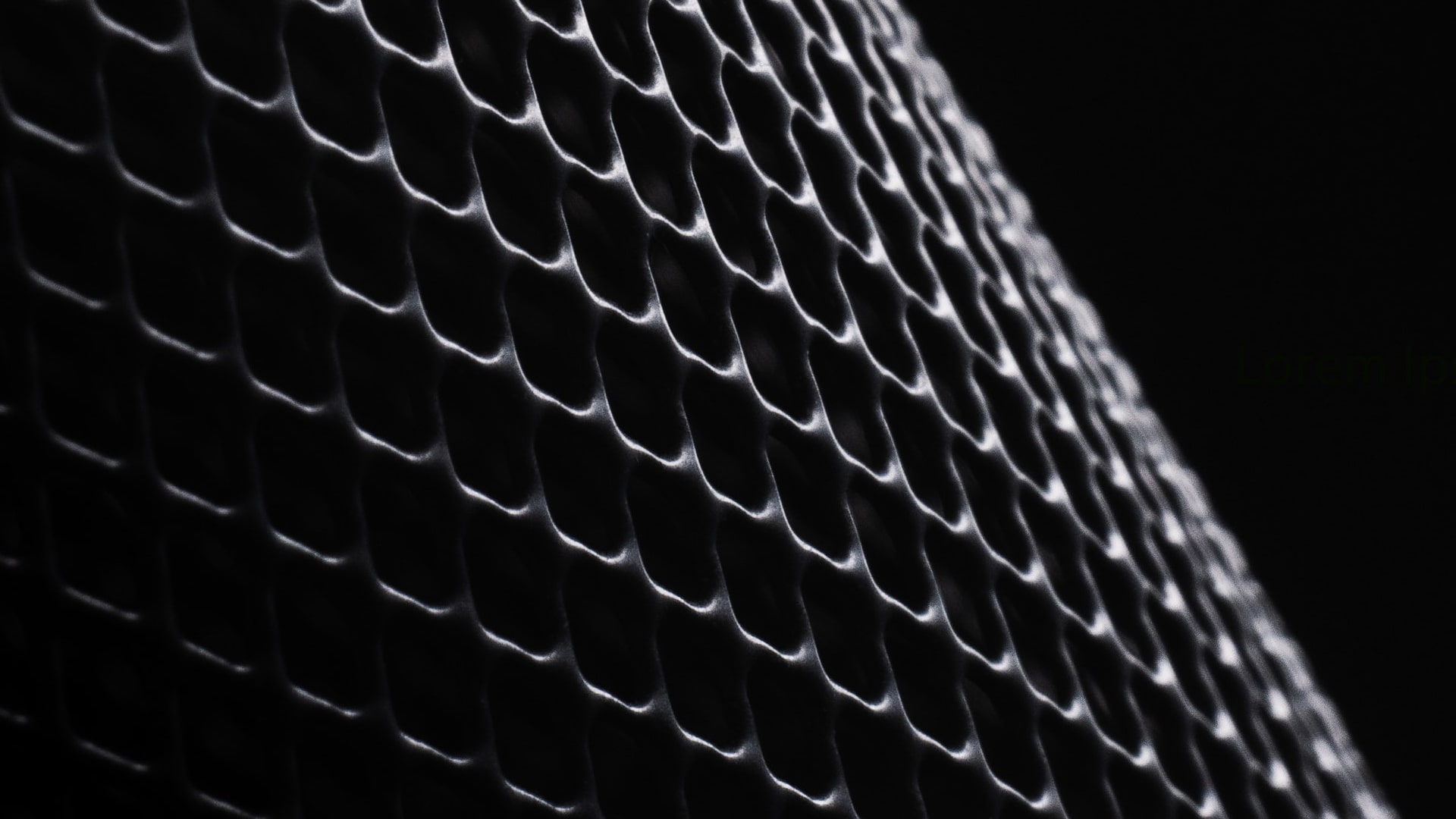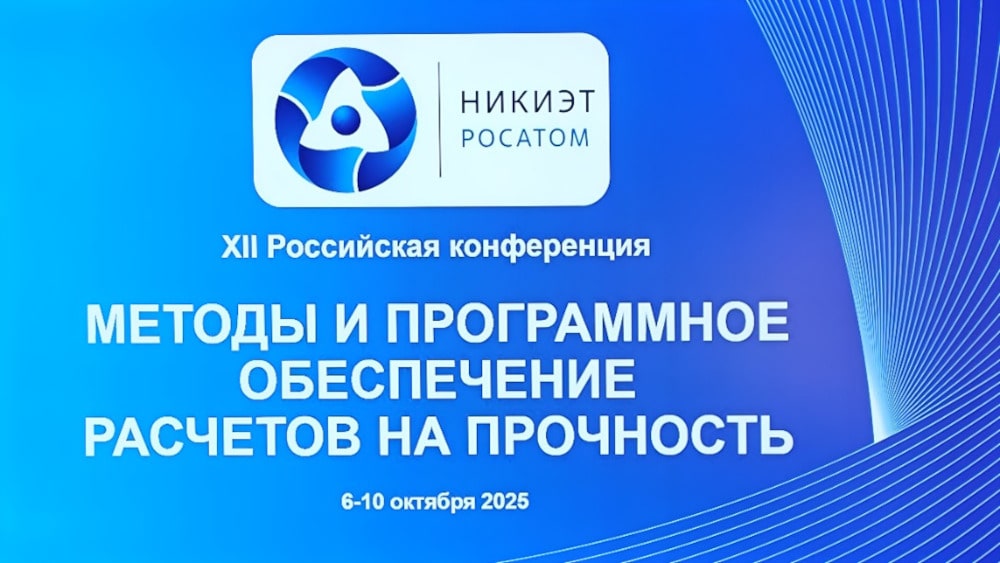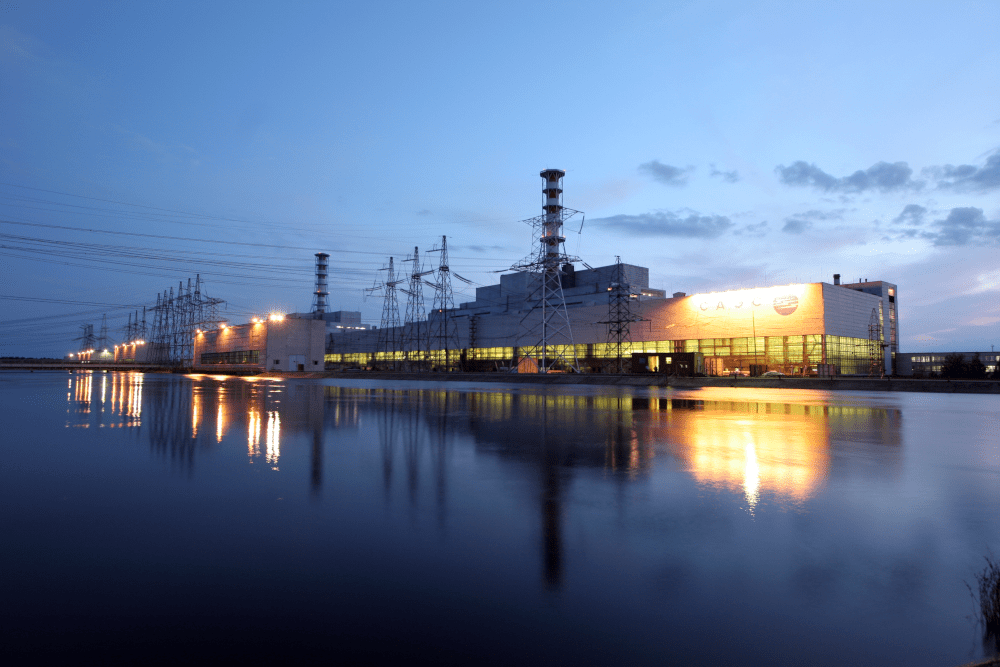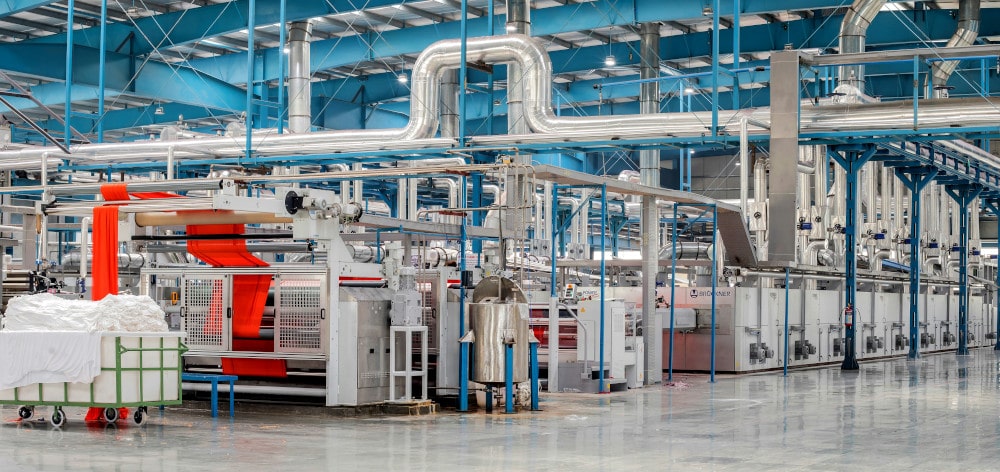International Journal for Numerical Methods in Biomedical Engineering
DOI:https://doi.org/10.1002/cnm.3420
Authors: V. Sh. Sufiiarov E. V. Borisov V. V. Sokolova M. O. Chukovenkova A. V. Soklakov D. S. Mikhaluk A. A. Popovich
The most common causes of conducting a hip revision surgery after total hip replacement are aseptic loosening (aseptic instability) of the endoprosthesis, bone destruction as a result of contact with the endoprosthesis, and a periprosthetic fracture. These are the effects of load transfer to the bone tissue in arthroplasty resulting due to the difference in stiffness of the endoprosthesis and the bone. Titanium alloy is widely used in endoprostheses manufacturing because of its high biocompatibility, good wear properties, and corrosion resistance, but such endoprostheses are stiffer than the femur. These problems have raised interest in searching for the best materials and topology for a femoral implant. Nowadays additive technology is of great interest as it enables to create materials with graded density. These materials consist of multiple lattice structures with variable parameters and topology. By varying the parameters of lattice structures one can adjust the mechanical properties of the material as required. These materials find their application in hip endoprostheses manufacturing, allowing to adjust the parameters of the lattice structures, and deliver a product with femur‐like mechanical properties. The porous structure also ensures bone tissue ingrowth into the prosthesis. The authors designed and simulated an endoprosthesis made of graded density lattice structures with femur‐like mechanical properties. Using a numerical simulation software Ansys Mechanical authors determined the effect of the topology on the structural behavior of the femur and defined the endoprosthesis‐femur combined performance under various load cases.

.png)





